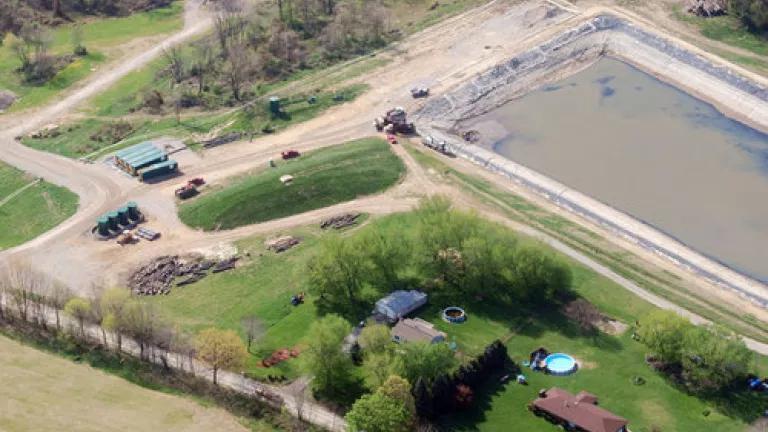
Living on Earth recently aired an important 11-minute report on the health risks to families living near natural gas production sites.
In Pennsylvania, Dr. Amy Paré started noticing unusual symptoms in her patients two years ago, after the gas boom took off south of Pittsburgh. The symptoms include bleeding skin lesions that won't heal, headaches, and lethargy. Urine tests in these patients detected methane and toluene. One thing that many of these patients have in common is that they live near natural gas wells.
In Colorado, experts at the Colorado School of Public Health released a new study based on three years of monitoring that found a number of potentially toxic petroleum hydrocarbons in the air near natural gas wells including benzene (a known carcinogen), ethylbenzene, toluene and xylene. They found that cancer and non-cancer health risks such as neurological and respiratory symptoms are greater for families living closer to wells.
The LOE report interviews some physicians that have not seen health symptoms linked to fracking, but underscores the need for more data and more research.
Also interviewed in the program is June Chappel, who experienced nosebleeds and headaches after an enormous fracking waste pit was installed next to her house. Knowing what we do about the toxicity of fracking waste, toxic waste sites should never be allowed so close to a home, but it is legal in Pennsylvania. Here is a photo of how close this pit was to Ms. Chappel's home (the home in the trees in the bottom center of the photo):
Photo used with permission, credit: Robert Donnan

